Exploring Innovative Financial Services for Rural Women’s Livelihoods
Rural women are highly engaged in agriculture and play critical roles across food systems. Yet they are disproportionately poor and financially underserved, and few financial services are designed to meet their specific needs and aspirations. In response, CGAP is exploring innovations in financial services that can help women with rural and agricultural livelihoods increase their incomes and resilience. Our initial research points to two areas where we see high potential for improved financial solutions: increasing women’s returns to labor and access to markets.
Increasing women’s returns to labor
Female farmers face unique constraints on their productivity, including competing demands on their time and unequal access to resources, and they are consistently less productive than male farmers. World Bank and ONE Campaign research in Sub-Saharan Africa found that male-managed plots were 23 to 66% more productive than female-managed plots of similar size and in similar contexts. Women’s limited access to inputs like land, labor and fertilizer contributes to this gap, but access alone to these resources is not enough. More critical is the extent to which women benefit from access to resources (i.e., their returns to these inputs). And which input is the biggest driver of the gender gap in agricultural productivity? Labor.
Labor that women hire. Given female farmers’ many responsibilities and limited time, it is important for them to have access to hired labor, particularly during key points of production like planting and harvest. But hiring outside labor is challenging for women. They often lack the cash on hand to pay workers, face social norms that discourage them from hiring men, and get lower returns than male farmers from the workers they do hire. This lack of consistent, high-quality labor reduces rural women’s productivity and income.
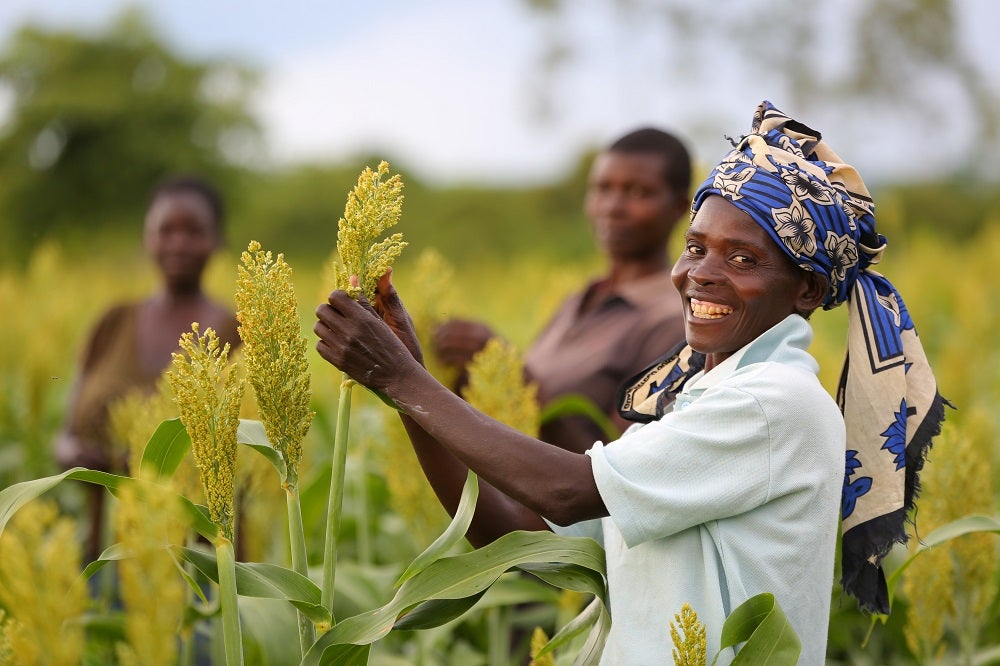
In Côte d’Ivoire, for example, limited time and lack of labor means that women growing cotton often cannot harvest their entire crop at its peak. This reduces the quality and price of what they can harvest by 10% per kilogram. Tailored financial services could help women access the cash, savings and credit they need to more easily hire and pay workers, particularly if combined with non-financial supports like agents who can help connect women farmers with hired labor.
Labor that women save. Access to and use of labor-saving assets like tractors, solar water pumps, sewing machines and home appliances can save women time and fuel, enhance income-generating opportunities, and reduce health risks and post-harvest losses. In Uganda, cooking with biogas digesters (which convert dung and waste into a clean source of fuel) saves a considerable amount of time compared to using fuelwood. The latter requires 1.5 hours of wood collection, 1 hour of water collection and 6 hours of cooking. Access to productive assets is equally important for time savings and productivity. The United Nations Food and Agriculture Organization estimates that when women have equal access to productive assets, household yields increase 20 to 30%.
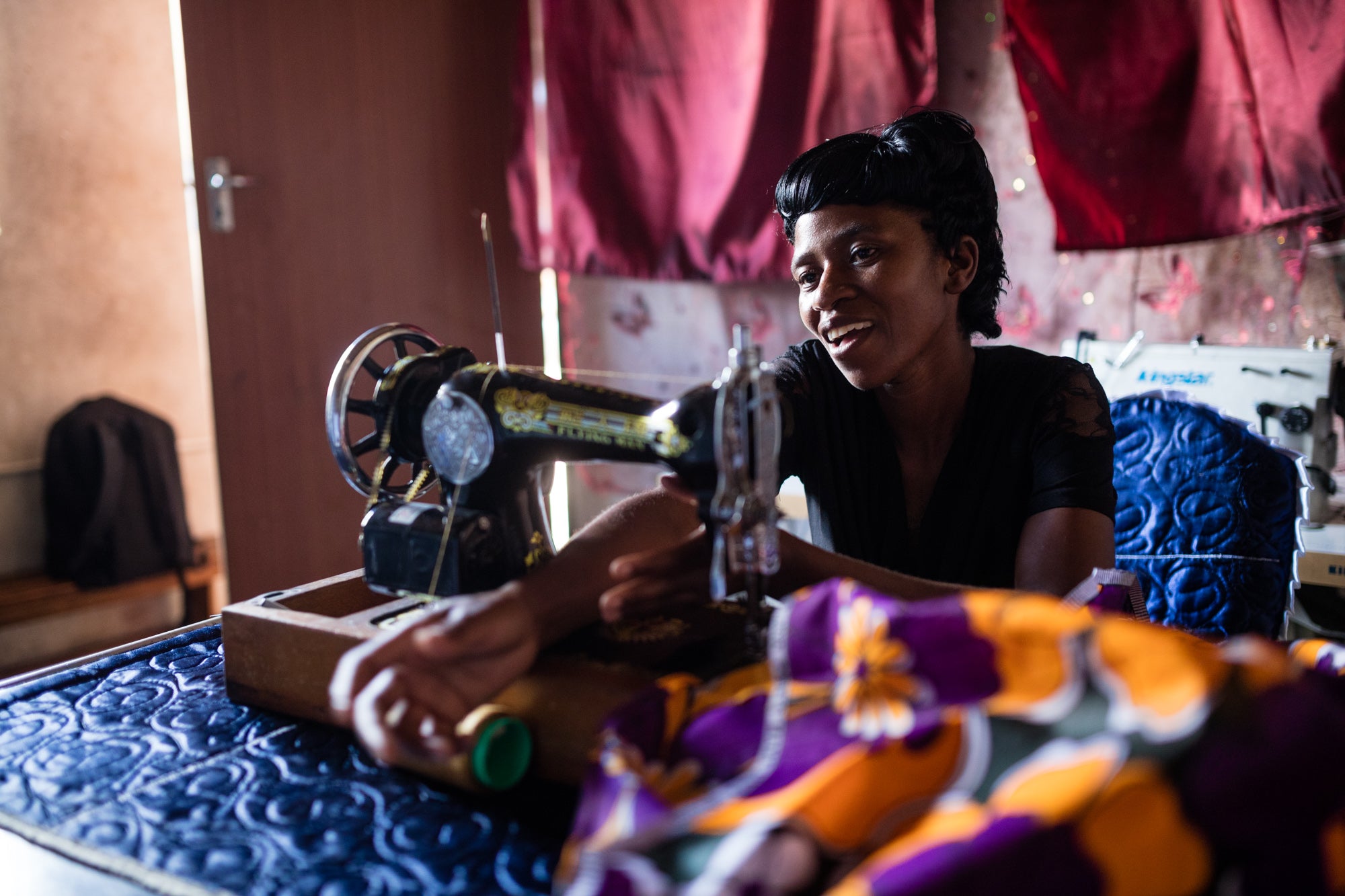
CGAP has explored innovations in asset finance that increase people’s access to these tools. Innovative business models, outreach through village-based agents and tailored financial solutions — including vouchers and cash grants, leasing, layaway and credit — can also help improve rural women’s access and returns to these assets.
Labor that women provide. Women do much of the unspecialized, labor-intensive work for farms and food processors in low-income countries, generally earning half as much as men and working at piece-rate wages. Women also provide an enormous amount of unpaid labor, working in their family’s fields and businesses, transporting water and fuel, preparing food for the household and caring for children, the sick and the elderly.

As part of wider initiatives on decent work, digital wage payments can help women to strengthen their earning power and financial autonomy, build relationships with financial service providers and open access to other services. In Côte d’Ivoire, workers in a cashew processing factory who chose to receive part of their wages in cash and part in a direct deposit commitment savings account increased their productivity and earnings by 10%.
Increasing women’s access to markets
For increased productivity to translate into increased incomes, farms and other businesses must reach buyers and make sales. But women are often excluded from market activities and their family’s agricultural income; many prefer to work on other farms, as they may have more control over their earnings there. For women to successfully engage in markets, they — not male family members — must be able to make independent, informed decisions about when, how and with whom to transact, and then to gain or lose money accordingly. Financial services that allow women to connect to and transact within local and digital markets are important for improving women's returns to their labor and investments.
Local markets. Many rural women have limited time and mobility, and lack the digital tools and fluency to directly access platform-based markets. As a result, local markets are important outlets for their production. Approximately 70% of low-income households across 11 African cities buy most of their food from informal daily food markets or street vendors, and women are the primary sellers in both.
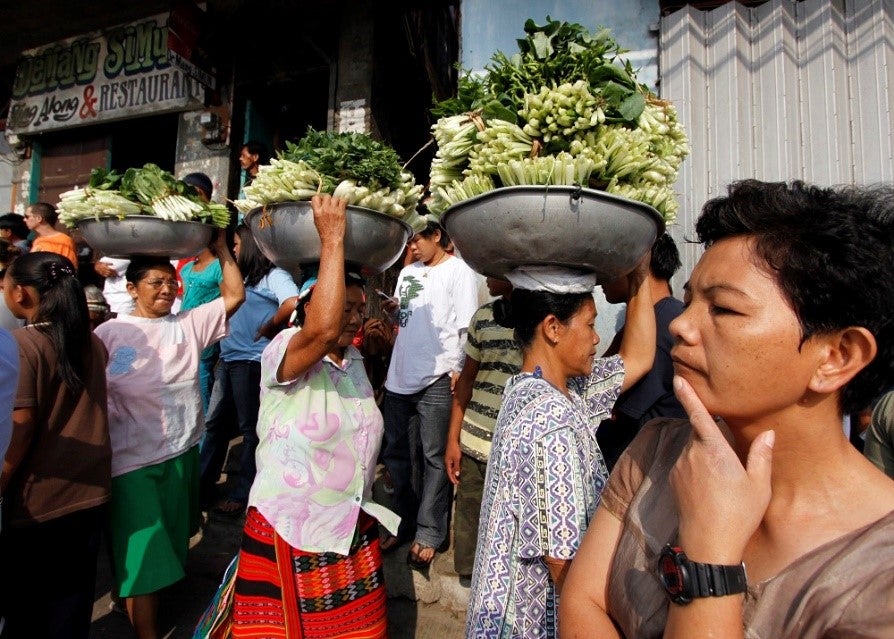
Financial services play an important role in how rural women engage with local markets. Tailored savings and credit solutions can help women to access cooling centers and post-harvest storage facilities near their homes, reducing the pressure to sell immediately and giving them space to make their own sales decisions. Digital payments can facilitate transactions and reduce the risk of carrying cash on market day. Local markets can also be good places for providers to build awareness of digital innovations and onboard women over time.
Markets on digital platforms. Digital platforms designed for agriculture can help women connect with new buyers and more active markets. They can also help women to purchase farm supplies and inputs, obtain production information and support, hire transport companies, and access a range of financial services. Agtech platforms open enormous opportunities to small-scale growers but require mobile phone ownership, internet access and a level of digital fluency that many women do not have. Women make up just 25% of registered users of agtech platforms in Sub-Saharan Africa.
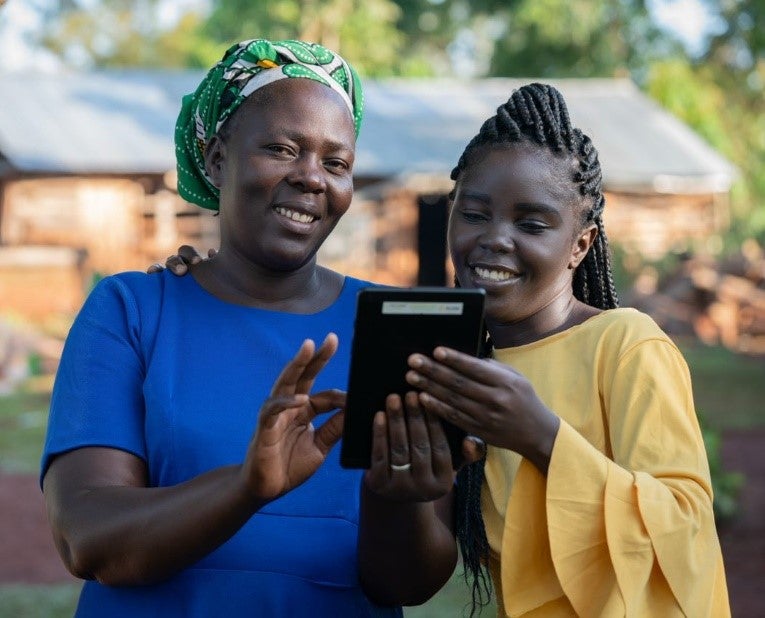
There is a need for digital platforms to tailor their financial and non-financial services to women’s needs and aspirations from the start, not “later, when we get to scale.” It will also be important to explore how trusted community leaders, service providers and local markets can leverage digital platforms for rural women and help them leap over the digital divide.
This deck synthesizes CGAP research and insights on the constraints faced by women in rural and agricultural livelihoods (WIRAL) and the opportunities for service providers and funders to add value to their lives and livelihoods.Over the next few years, as part of a wider effort on financial inclusion and livelihoods, CGAP will work with partners to design and test financial solutions that embrace the complexity and dynamism of rural areas. We will experiment with innovations in the design and delivery of financial services that contribute to improving rural women’s lives and livelihoods.

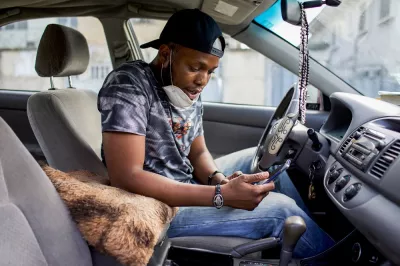
Add new comment